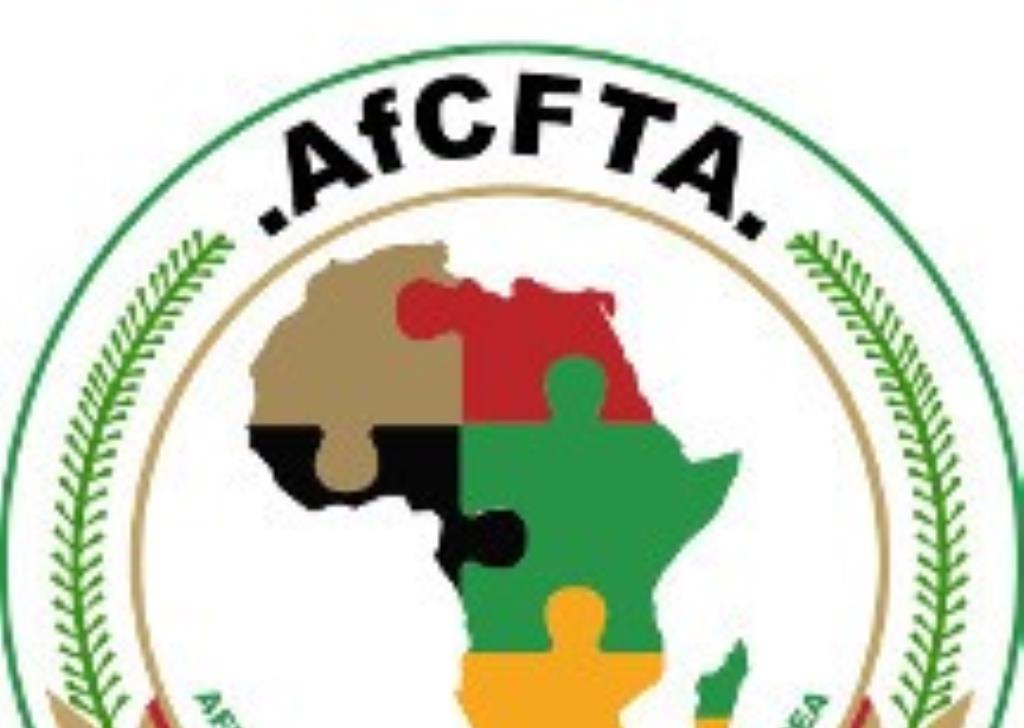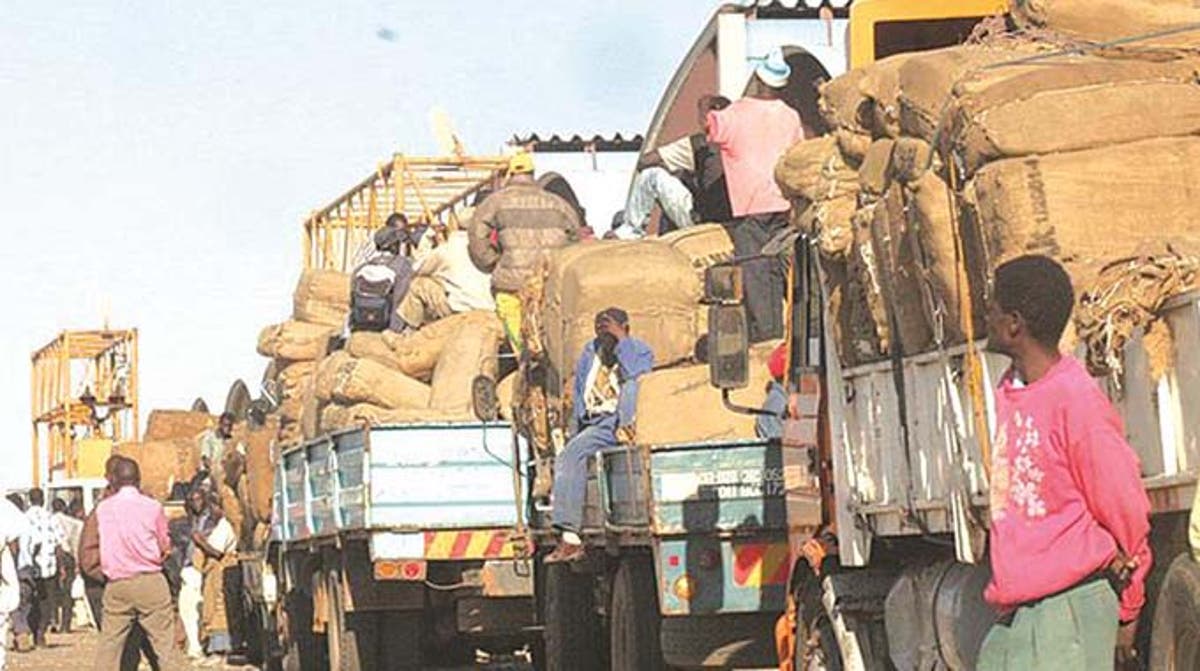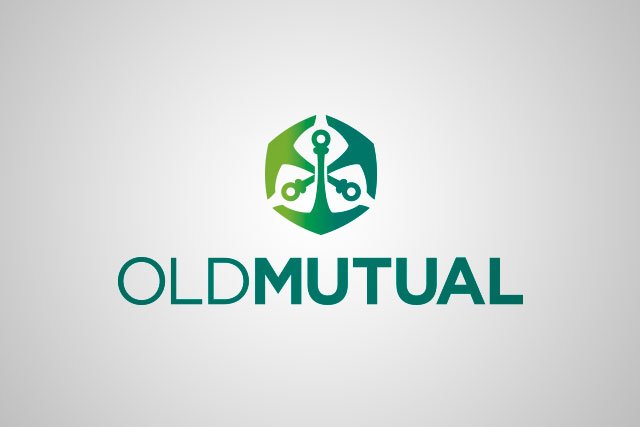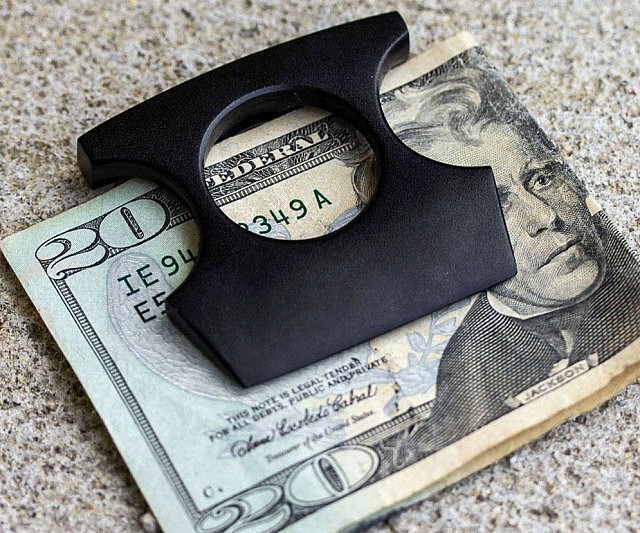Big suppliers demand USD payments only
A number of big manufacturers and suppliers (names supplied) are demanding US dollar payments only from customers wishing to buy certain products that are in high demand and require significant foreign currency input to produce.
An acute shortage of US dollars in the economy; including at the auction market and a priority list for allocating forex at the weekly auction, has left many entities groping in the dark for the scarce currency.
Resurgent inflationary pressures, which saw authorities miss most targets for 2021, have not helped the situation as most people now prefer to keep their savings in hard currency to preserve value.
Zimbabwe faces destablising forex shortages despite seeing record inflows in 2021 at US$9,7 billion, up 53 percent on prior year, compared to imports of US$6,99 billion, representing an increase of 45 percent.
The growing demand for US dollar payments comes at a time when Treasury and monetary authorities were working hard to encourage wider use of the Zimbabwe dollar in transactions.
In its 2022 monetary policy statement, the central bank announced a cocktail of policy interventions, including tightening screws on surplus liquidity and maintaining high interest rates to shore up the local currency and its desirability.
Indications are that while this happens surreptitiously, a number of suppliers (names withheld) demand payment for certain key products in forex or else customers are told a particular item is out of stock.
Among entities cited are Zimbabwe’s sole producer of a leading citrus juice, a wholesale chain operator with the largest branch network in Harare and cities or towns across the country and an edible oil maker in Manicaland Province.
Confederation of Zimbabwe Retailers (CRZ) president Denford Mutashu confirmed the development saying retailers were entering back office agreements with producers for payments in forex.
Usually, Mutashu said, the arrangement resulted in the buyer paying significantly less in US dollar terms than they would if they paid using the Zimbabwe dollar.
Notably, he attributed this to limited availability of forex at the auction floor and said the practice reduced the traffic and pressure for limited US dollars from the auction.
“The practice is rampant and is informed by the requirement to source foreign currency by corporates internally without having to increase traffic to the auction market.“Quite a number of companies have resorted to that and you may also have realised that a number of products are no longer available due to limited availability of foreign currency.
“Some companies have stopped such lines and that is actually due to the currency situation obtaining in the market. This has been happening for a long time.
“So, it has been happening over a long time (mostly in the informal sector), just that now it has become more prevalent. The formal businesses are now trying to join the bandwagon.
“Things are getting increasingly difficult (forformal businesses to get foreign currency) owing to reduced US dollar sales in the coffers (from domestic sales).
“But the rest of the informal sector has been doing it, which is also the reason why the (informal traders) are preferred in terms of product allocation. In times of shortages, they are the ones that get the product,” he said.
Mutashu said it was, however, critical to ensure an even business environment that ensures both informal and registered businesses operate on an equal footing.
He also admitted that the practice went against the grain of efforts by the Government to
reestablish the Zimbabwe dollar as the most common currency of transaction.
But Mutashu said if businesses could source forex internally, this would reduce the
stampede for limited foreign currency from the auction, which has disbursed more than
US$2 billion since inception in June 2020.
The challenged, he noted, how to strike a balance between sourcing of foreign currency
and pegging prices in line with or near the official auction exchange rate.
He pointed out that indexing prices to the parallel market rate, which is a widely
prevalent case now, had the effect of driving traffic to the open market, further fanning
volatility in the exchange rate.
Weighing on the issue, Zimbabwe National Chamber of Commerce (ZNCC) chief executive
,Takunda Mugaga, said it was difficult to tell who the culprits were in that practice.
However, he said it was critical to interrogate the reasons driving manufacturers to
demand US dollar payments and why they were not able to obtain forex from the auction.
“You may need to know why the companies are doing that and why they cannot get forex
from the auction. Maybe they are not eligible because their papers are not in order,” he
said.
The measures Government has instituted to promote the wider use of the Zimbabwe
dollar in transacting will see some exporters settling up to 50 percent of their taxes in
local currency.
Until February 2019, Zimbabwe had used a basket of currencies anchored by the US dollar
since 2009 when it scrapped the domestic unit after it had been rendered worthless by
hyperinflation.
Annualised inflation, then, had peaked at 500 billion percent in July 2008, according to
the International Monetary Fund. Local official figures put the rate at 281 million
percent.
But since reintroducing domestic currency in 2019, the Zimbabwe dollar exchange rate
has depreciated significantly against major currencies, especially the US dollar.
Refloated at $2,5/US$1 the local unit now trades at over $127/US$1 on the formal market
and nearly $200/US$1 on the parallel market. The volatility has seen many users
preferring hard currency.
Used as a store of value and for importation of a number of products, the Zimbabwe
dollar has struggled to gain market confidence and acceptance in the economy.
But the Government contends that dollarisation was a mistake that should not be
repeated given the country’s limited capacity to generate foreign currency, which is in
short supply.
Just over two years ago, the Government announced the reintroduction of local currency,
espoused in a five year de-dollarisation roadmap, which culminated in latest measures
by the Treasury.
Further, the interventions are also aimed at stemming illegal trade in foreign currency
and the associated practices of indexing of prices of goods and services to black market
exchange rates.
Continuation of the unlawful practices, the Treasury said, significantly contributed to
price instability in the economy and imposed downside risk to macro-economic stability,
domestic and international competitiveness.
The chief executive of one of the companies accused of demanding US dollars for their
citrus based juice, which is popular both on the domestic and export markets, said it was
not their policy to demand payment strictly in forex.
“We take payment in both Zimbabwe dollars and US dollars. In fact the balance is that we
have 15 percent US dollars and 85 percent Zimbabwe dollars.
“We supply most supermarkets in the country and they all pay in Zimbabwe dollars, but
we have had instances where we are out of stock due to Covid-19 impact on supply
chains, sometimes shipments of raw materials are delayed,” he said.
The executive said stock issues may be the reason certain sections of the market may
misconstrue unavailability of a certain product as reluctance to sell in Zimbabwe dollars.-eBusiness Weekly










